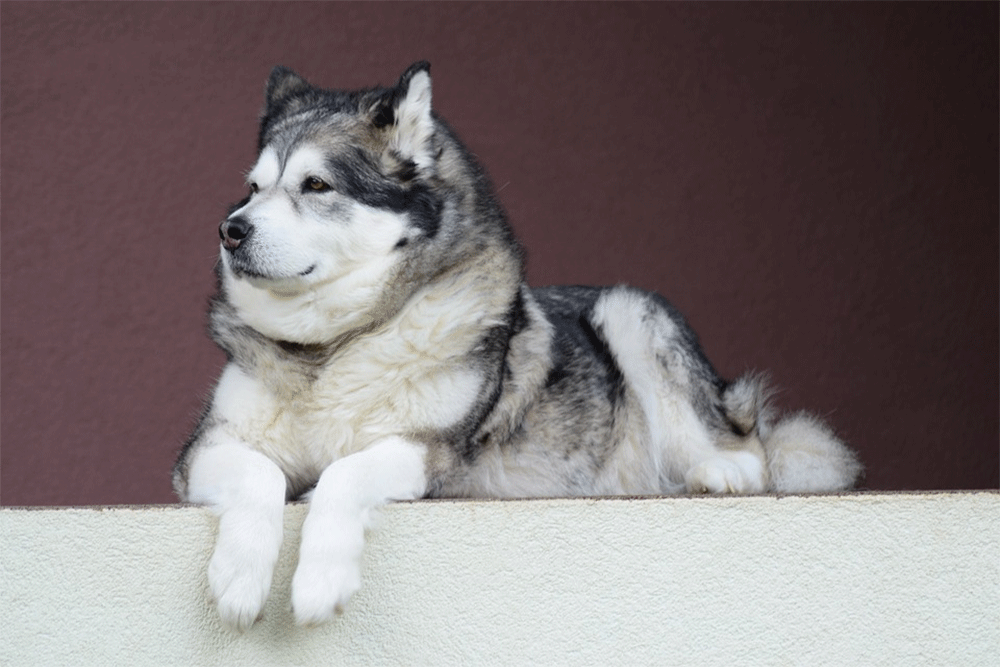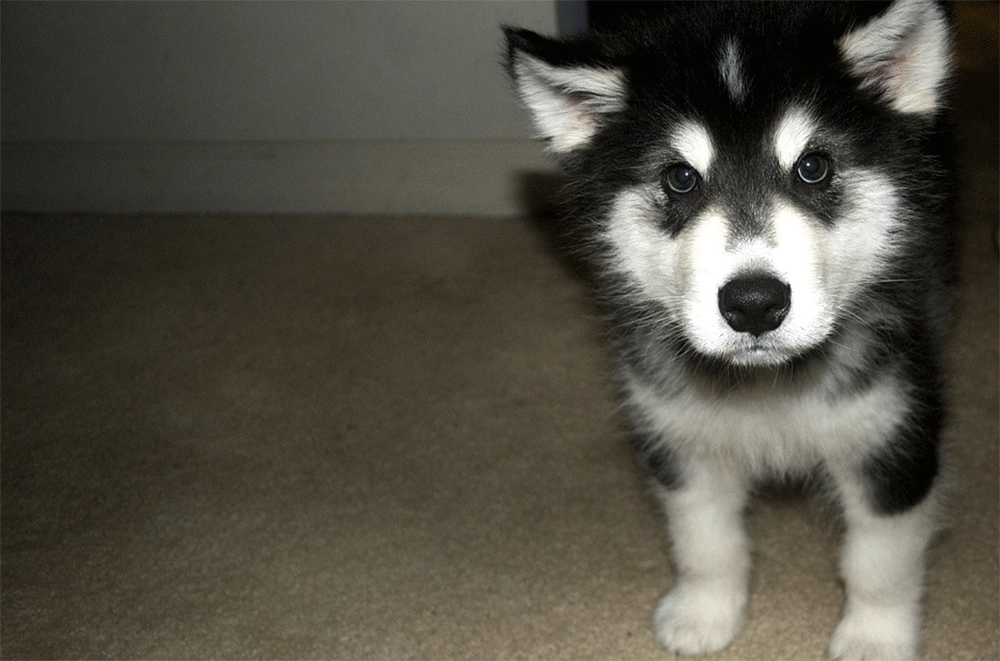Malamutes can be good with cats but it is worth noting that this is dependent on many different factors such as the two animals in question, how soon they are introduced, the environment in which they live, and other considerations.
We want to start by making it clear that a Malamute is a wonderfully loyal dog to have. However, it is no secret that they have a very high prey drive. What this means is that they are instinctually designed to hunt prey.
Prey, of course, typically comes in the form of small animals, cat-sized and below. This means that it is to be expected that a Malamute may see a cat as fair game and may feel the instinctual desire to stalk it, pounce on it, and even kill it.

Now, we are not telling you this to scare you. Not by any means. However, this is a fact and so we feel you must be aware of this. It is very important to remember that when you raise a Malamute as a family pet, especially if you are raising them from a puppy, you will be teaching them how you want them to act. As such, a Malamute (or indeed any dog) can lose at least some of that high prey drive.
As well as this, dogs are like humans in the sense that they have their own personalities. This means that it is likely that some Malamutes may be very docile and may not act on their high prey drive. As such, there are countless Malamutes around the globe that live in harmony as a family pet with small animals such as cats.
One of the best ways to ensure that your Malamute and cat can get along is by introducing the Malamute to your cat at an early age. With this in mind, one of the best ways to do this is to introduce a Malamute puppy to a cat.
This means it would work best if you already had a family pet cat and decided to get a Malamute puppy. The cat would already be well-established in the home, and the Malamute would be able to be brought up with the cat and will be trained to see them as equals.
Of course, as their prey drive is instinctual, it may still occur when the Malamute sees the cat but provided the two animals are always supervised by an adult, there should be no major issues. You may even find that the two animals become best of friends, and the cat may even establish itself as ‘the boss’.
With all of this in mind, Malamutes may be good with cats, however, there is always a risk that the high prey drive of a Malamute may take over. As such, it is best to introduce them from a young age, and always supervise any interactions. Read the next section for more information on how to introduce the two animals.
How do you introduce a Malamute to a cat?

There are many tips and tricks that you can use to introduce a Malamute to a cat. One of the best ways to do this is to ensure that the two are around each other from a young age. This is possibly more important in the Malamute than the cat.
With this in mind, if you have a pet cat and plan to get a Malamute as a pet, you should ensure you get a Malamute pup so that you can train them to be around your cat and so they are used to being around them before their prey drive develops fully.
However, this is not always possible. There may be a time where you need to introduce an adult Malamute to an adult (or even baby) cat. If this is the case for you, follow our tips to make the introduction as successful as possible. It is a good idea to get the two animals used to each other’s scent. As such, you may want to leave a few of their items in the other’s bed. You could put the cat’s toys in the Malamutes basket and vice versa.
Use positive tones of voice and treats or rewards for your Malamute and cat when they behave well around one another. This is especially important for the Malamute as dogs tend to be more receptive to rewards.
You should make sure that any interactions between the two are supervised. This will reduce the risk of something going wrong and fatal outcomes occurring. It is also important that you ensure the cat has an easy way to get out of the room should they get uncomfortable. With this in mind, you should also make sure never to force them to interact, and allow them to feed separately.
